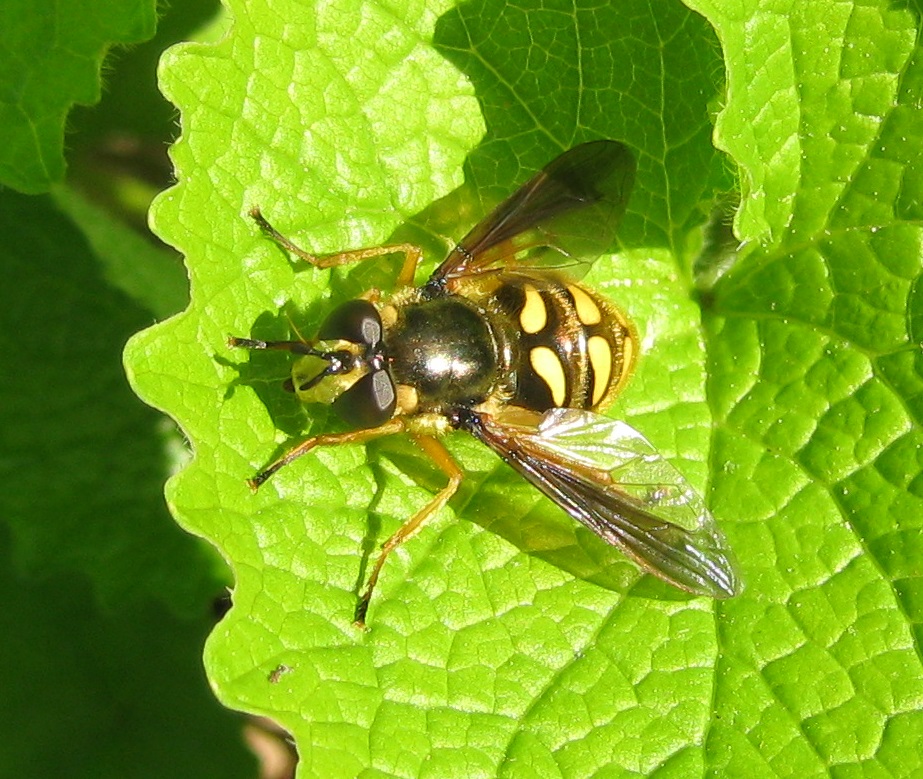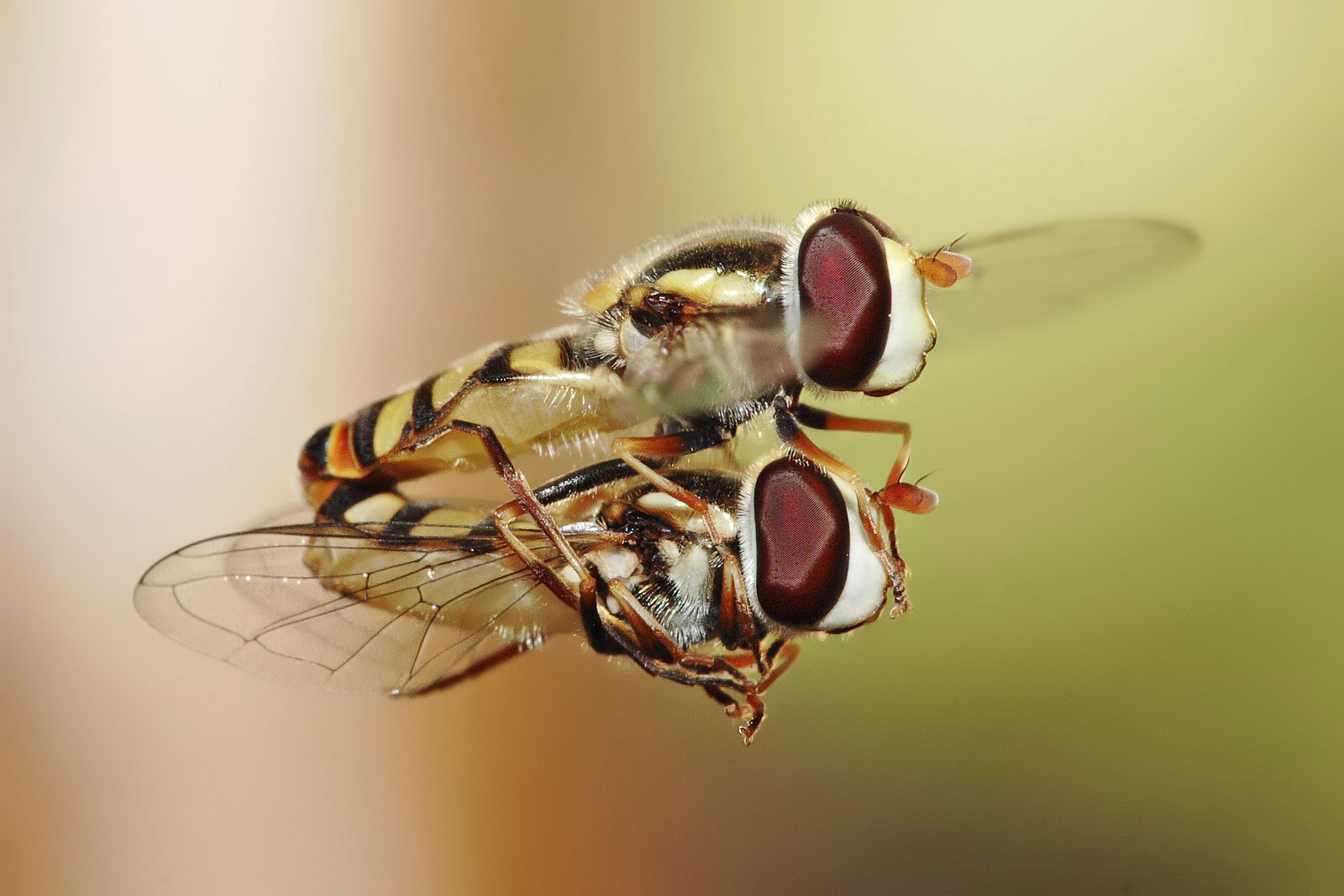|
Syrittosyrphus
''Syrittosyrphus'' is a genus of hoverflies from the family Syrphidae, in the order Diptera. Species *'' Syrittosyrphus opacea'' Hull Hull may refer to: Structures * Chassis, of an armored fighting vehicle * Fuselage, of an aircraft * Hull (botany), the outer covering of seeds * Hull (watercraft), the body or frame of a ship * Submarine hull Mathematics * Affine hull, in affi ..., 1944 References Diptera of Africa Hoverfly genera Milesiini Taxa named by Frank Montgomery Hull {{Milesiini-stub ... [...More Info...] [...Related Items...] OR: [Wikipedia] [Google] [Baidu] |
Syrittosyrphus Opacea
''Syrittosyrphus opacea'' is a species of hoverfly in the family Syrphidae. Distribution South Africa South Africa, officially the Republic of South Africa (RSA), is the southernmost country in Africa. It is bounded to the south by of coastline that stretch along the South Atlantic and Indian Oceans; to the north by the neighbouring count .... References Milesiini Insects described in 1944 Diptera of Africa Taxa named by Frank Montgomery Hull {{Milesiini-stub ... [...More Info...] [...Related Items...] OR: [Wikipedia] [Google] [Baidu] |
Milesiini
The Milesiini (or Xylotini) is a large and diverse tribe of hoverflies. They mimic wasps or hornets. List of genera *'' Aneriophora'' Stuardo & Cortes, 1952 *''Blera'' Billberg, 1820 *'' Brachypalpus'' Macquart, 1834 *'' Caliprobola'' Rondani, 1845 *'' Chalcosyrphus'' Curran, 1925 *'' Criorhina'' Meigen, 1822 *'' Cynorhinella'' Curran, 1922 *''Deineches'' Walker, 1852 *'' Flukea'' Etcheverry, 1966 *'' Hadromyia'' Williston, 1882 *'' Hemixylota'' Shannon & Aubertin, 1933 *''Lejota'' Rondani, 1857 *''Lycastris'' Walker, 1857 *''Macrometopia'' Philippi, 1865 *''Macrozelima'' Stackelberg, 1930 *''Malometasternum'' Shannon, 1927 *''Matsumyia'' Shiraki, 1949 *''Meropidia'' Hippa & Thompson, 1983 *'' Milesia'' Latreille, 1804 *''Nepenthosyrphus'' de Meijere, 1932 *'' Odyneromyia'' Shannon & Aubertin, 1833 *'' Orthoprosopa'' Macquart, 1850 *'' Palumbia'' Rondani, 1865 *'' Philippimyia'' Shannon, 1926 *'' Pocota'' Lepeletier & Serville, 1828 *''Pterallastes'' Loew, 1863 ... [...More Info...] [...Related Items...] OR: [Wikipedia] [Google] [Baidu] |
Frank Montgomery Hull
Frank Montgomery Hull (November 3, 1901 – 1982) was an American naturalist who specialized in entomology, especially Diptera Flies are insects of the order Diptera, the name being derived from the Greek δι- ''di-'' "two", and πτερόν ''pteron'' "wing". Insects of this order use only a single pair of wings to fly, the hindwings having evolved into advanced .... Works * * * * References American entomologists 1982 deaths 1901 births People from Coahoma, Mississippi Dipterists Mississippi State University alumni University of Mississippi faculty Texas A&M University faculty New Mexico State University faculty Ohio State University alumni Harvard University alumni Scientists from Mississippi 20th-century American zoologists {{US-entomologist-stub ... [...More Info...] [...Related Items...] OR: [Wikipedia] [Google] [Baidu] |
Hoverfly
Hover flies, also called flower flies or syrphid flies, make up the insect family Syrphidae. As their common name suggests, they are often seen hovering or nectaring at flowers; the adults of many species feed mainly on nectar and pollen, while the larvae (maggots) eat a wide range of foods. In some species, the larvae are saprotrophs, eating decaying plant and animal matter in the soil or in ponds and streams. In other species, the larvae are insectivores and prey on aphids, thrips, and other plant-sucking insects. Insects such as aphids are considered a crop pest, and therefore the aphid-eating larvae of some hover flies serve as an economically (as well as ecologically) important predator and even potential agents for use in biological control, while the adults may be pollinators. About 6,000 species in 200 genera have been described. Hover flies are common throughout the world and can be found on all continents except Antarctica. Hover flies are harmless to most mammals, th ... [...More Info...] [...Related Items...] OR: [Wikipedia] [Google] [Baidu] |
Diptera Of Africa
Flies are insects of the order Diptera, the name being derived from the Greek δι- ''di-'' "two", and πτερόν ''pteron'' "wing". Insects of this order use only a single pair of wings to fly, the hindwings having evolved into advanced mechanosensory organs known as halteres, which act as high-speed sensors of rotational movement and allow dipterans to perform advanced aerobatics. Diptera is a large order containing an estimated 1,000,000 species including horse-flies, crane flies, hoverflies and others, although only about 125,000 species have been described. Flies have a mobile head, with a pair of large compound eyes, and mouthparts designed for piercing and sucking (mosquitoes, black flies and robber flies), or for lapping and sucking in the other groups. Their wing arrangement gives them great maneuverability in flight, and claws and pads on their feet enable them to cling to smooth surfaces. Flies undergo complete metamorphosis; the eggs are often laid on the la ... [...More Info...] [...Related Items...] OR: [Wikipedia] [Google] [Baidu] |
Hoverfly Genera
Hover flies, also called flower flies or syrphid flies, make up the insect family Syrphidae. As their common name suggests, they are often seen hovering or nectaring at flowers; the adults of many species feed mainly on nectar and pollen, while the larvae ( maggots) eat a wide range of foods. In some species, the larvae are saprotrophs, eating decaying plant and animal matter in the soil or in ponds and streams. In other species, the larvae are insectivores and prey on aphids, thrips, and other plant-sucking insects. Insects such as aphids are considered a crop pest, and therefore the aphid-eating larvae of some hover flies serve as an economically (as well as ecologically) important predator and even potential agents for use in biological control, while the adults may be pollinators. About 6,000 species in 200 genera have been described. Hover flies are common throughout the world and can be found on all continents except Antarctica. Hover flies are harmless to most ... [...More Info...] [...Related Items...] OR: [Wikipedia] [Google] [Baidu] |


_(10144905255).jpg)
